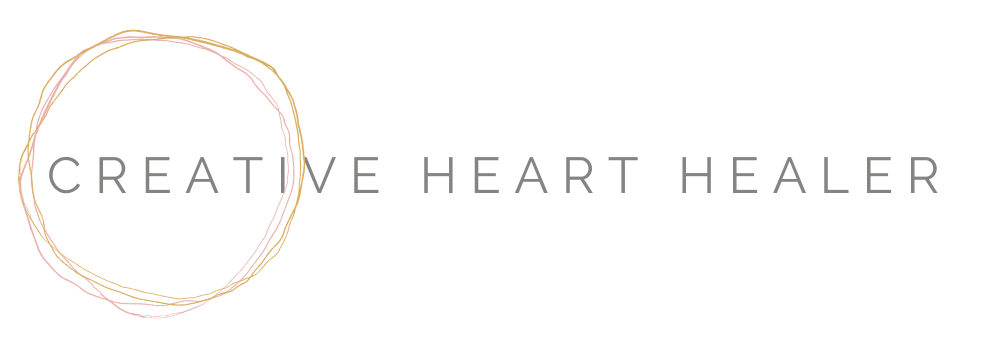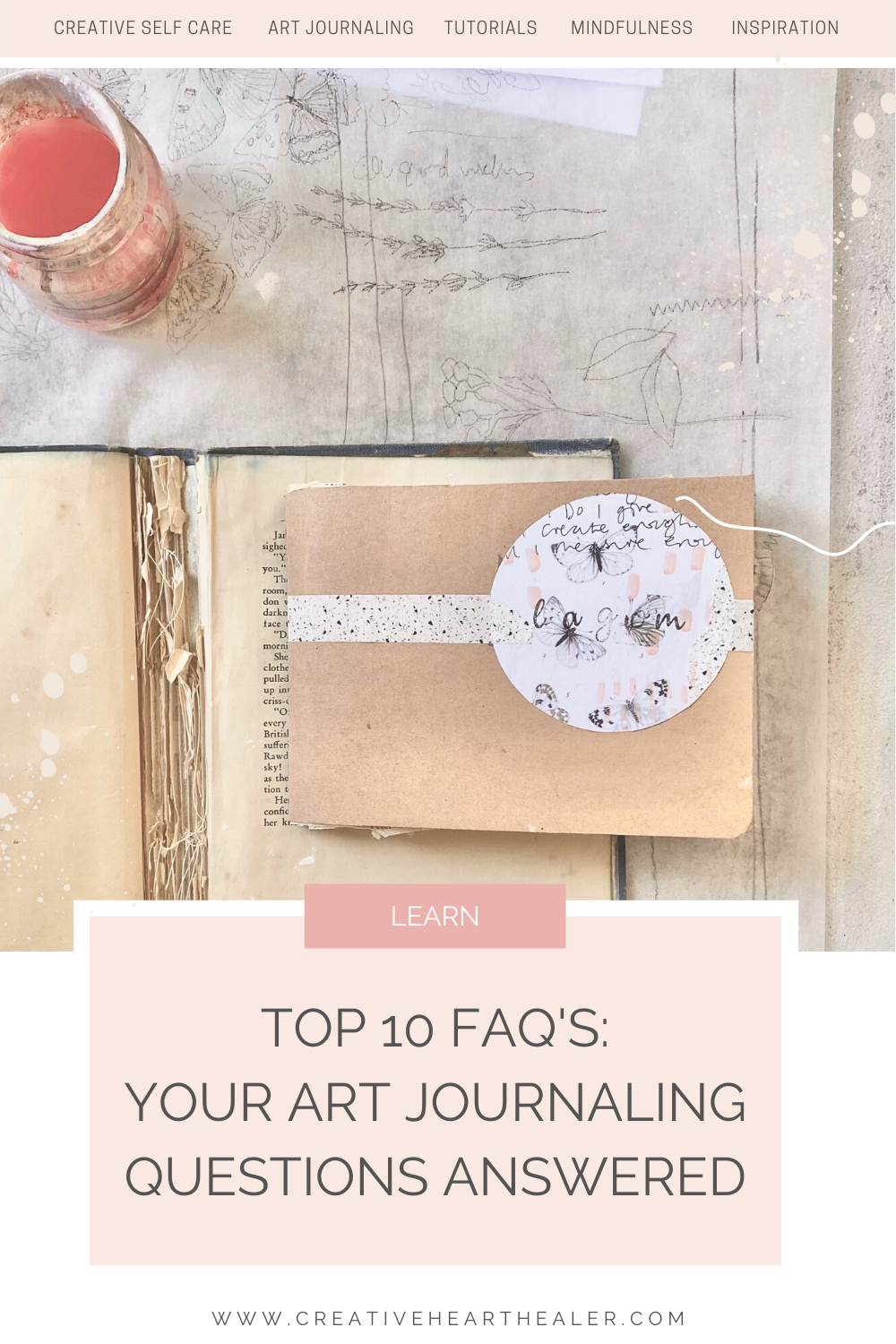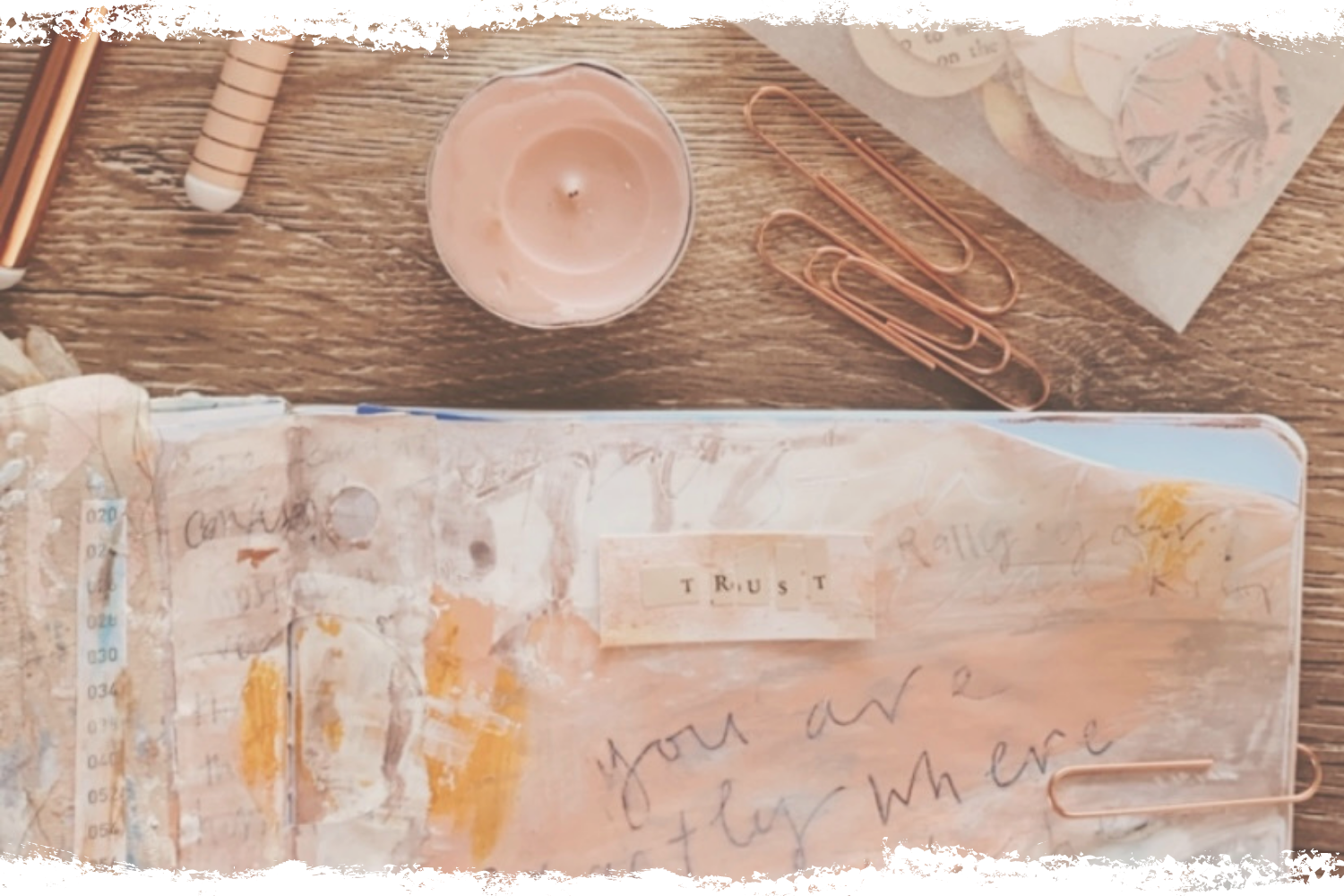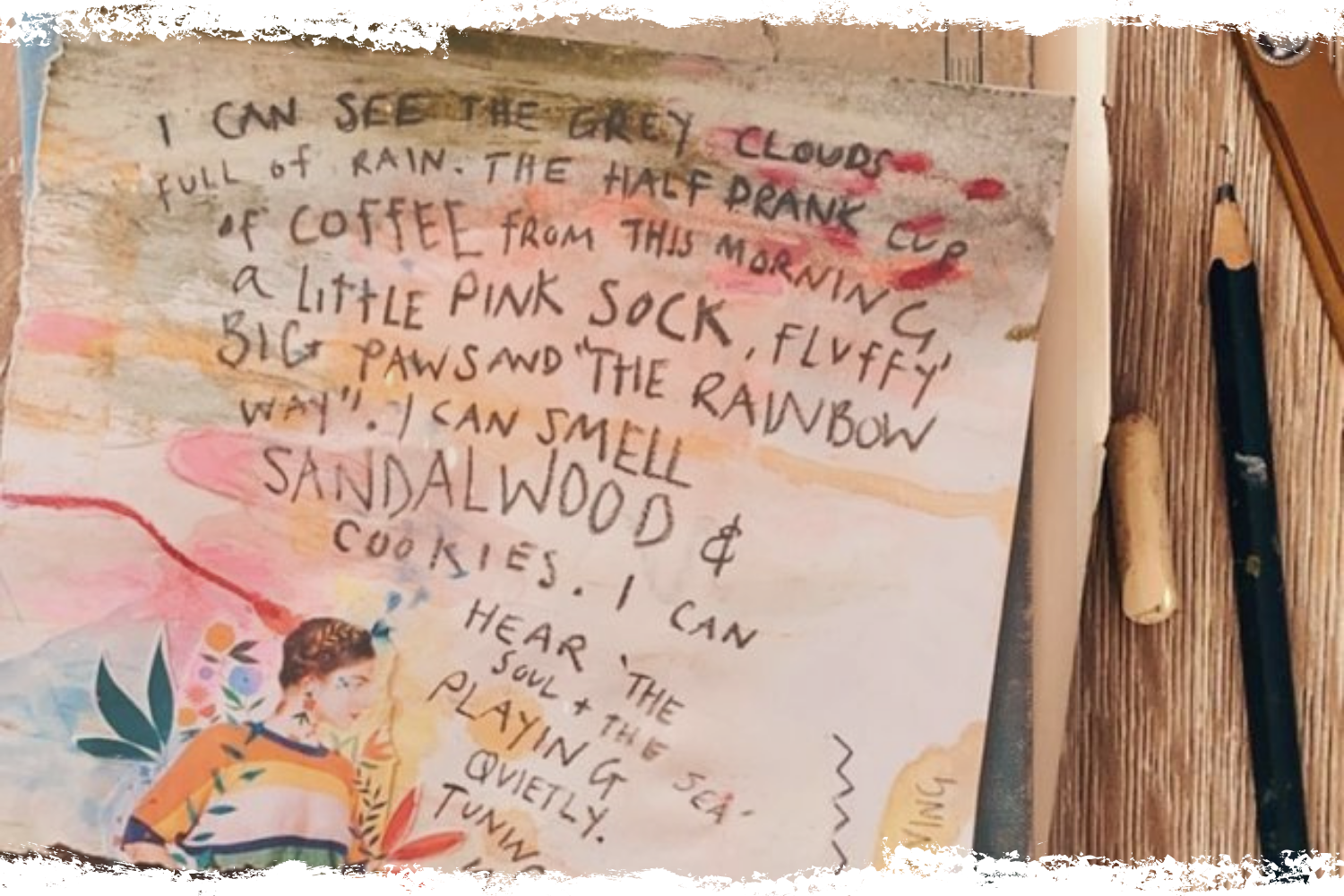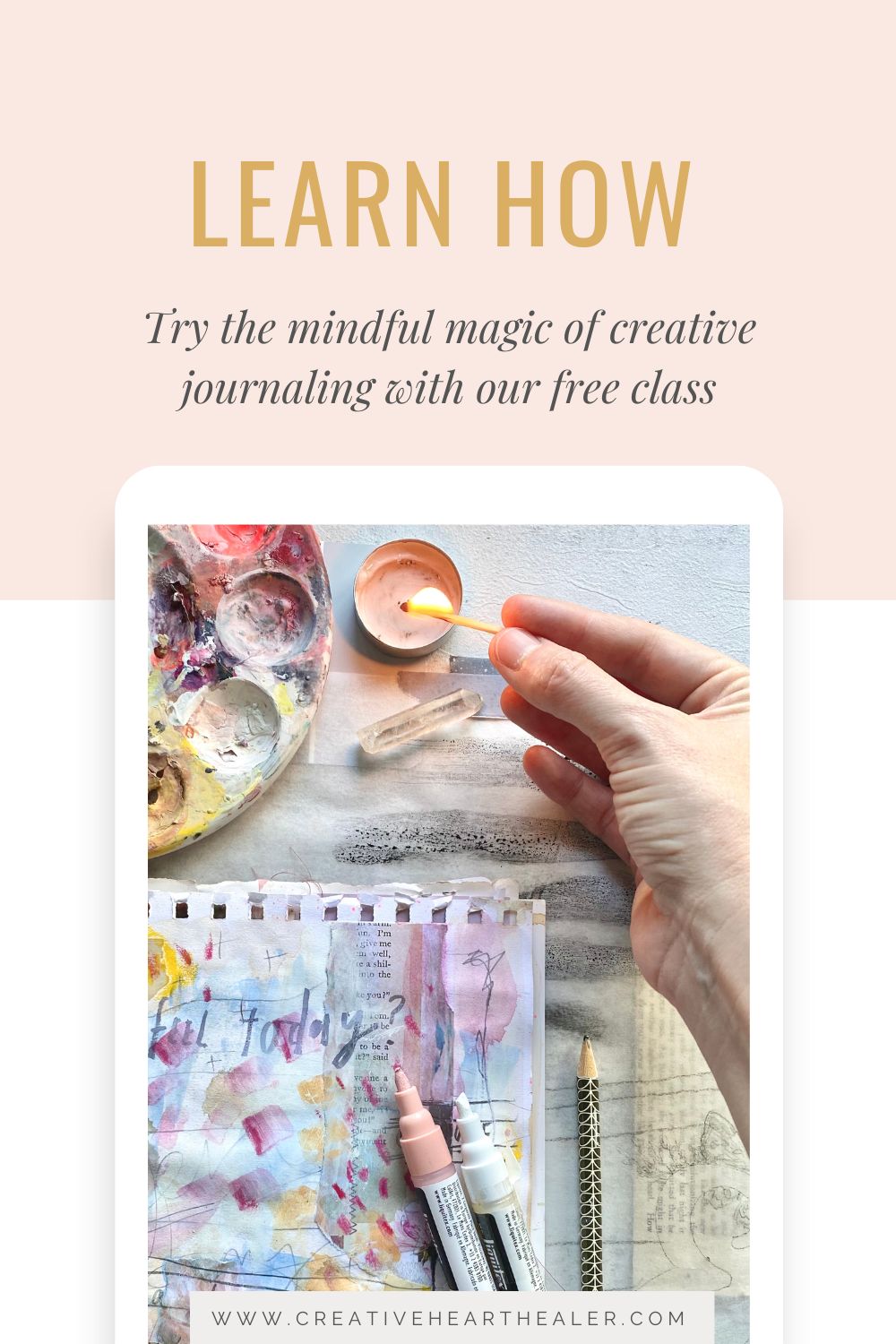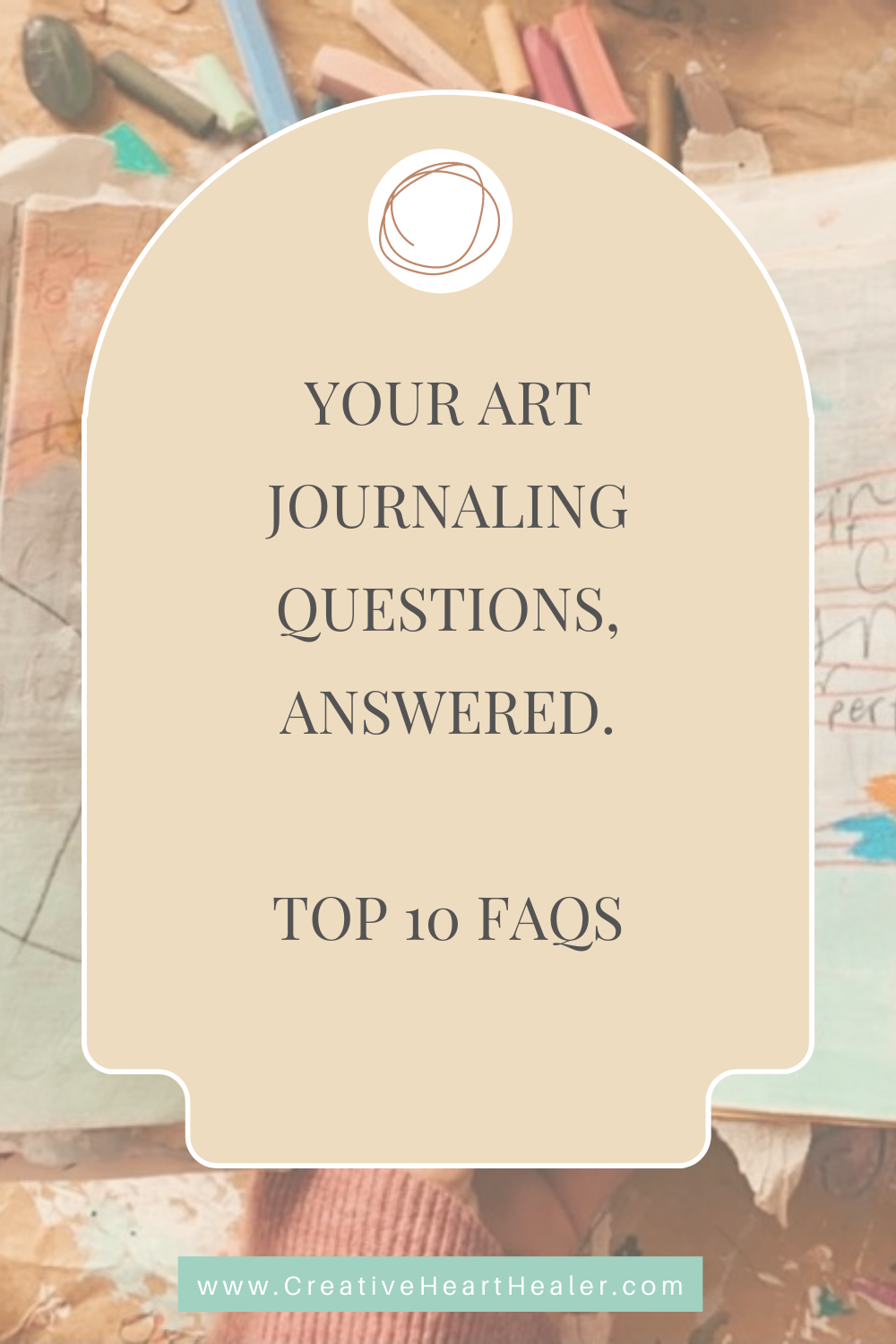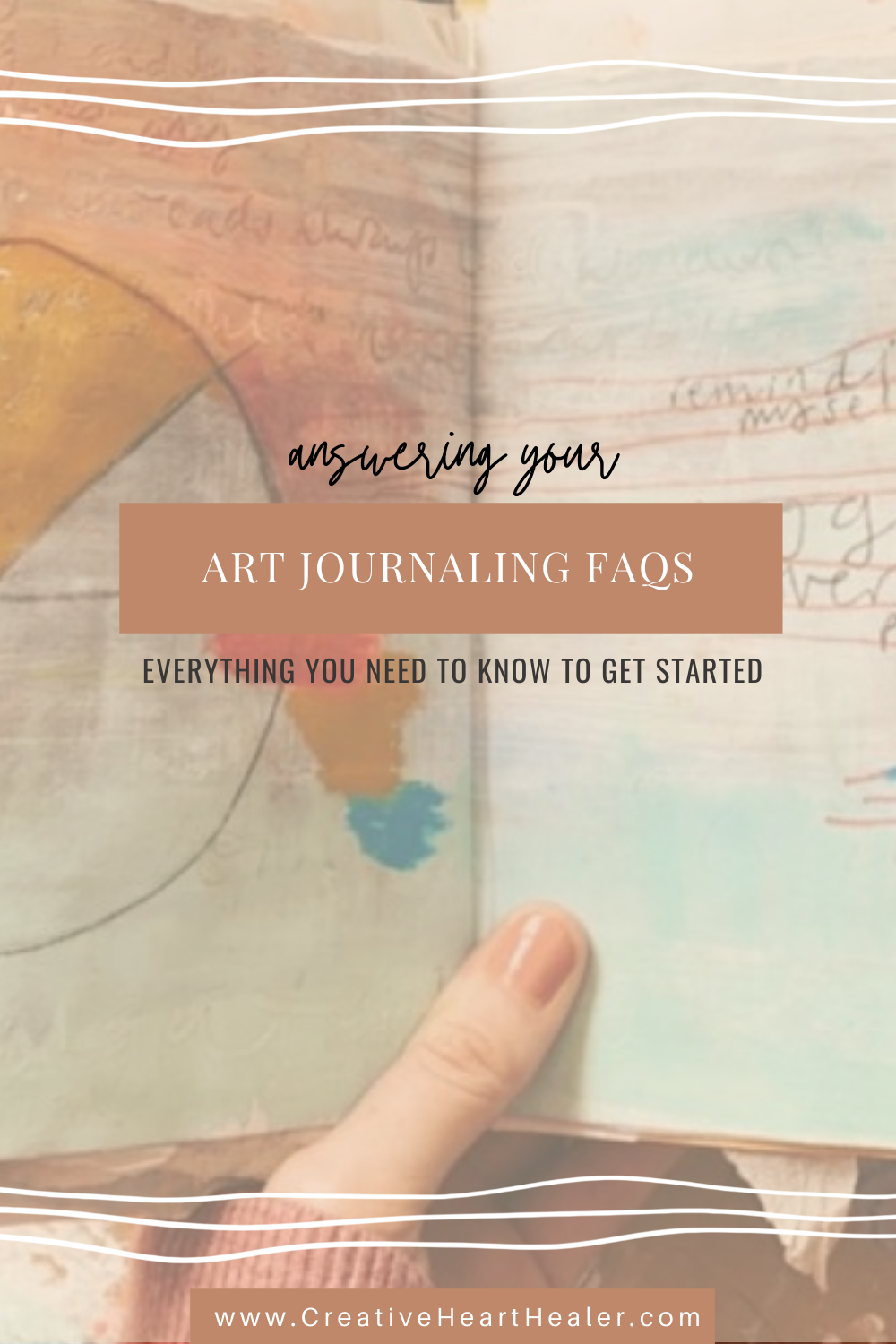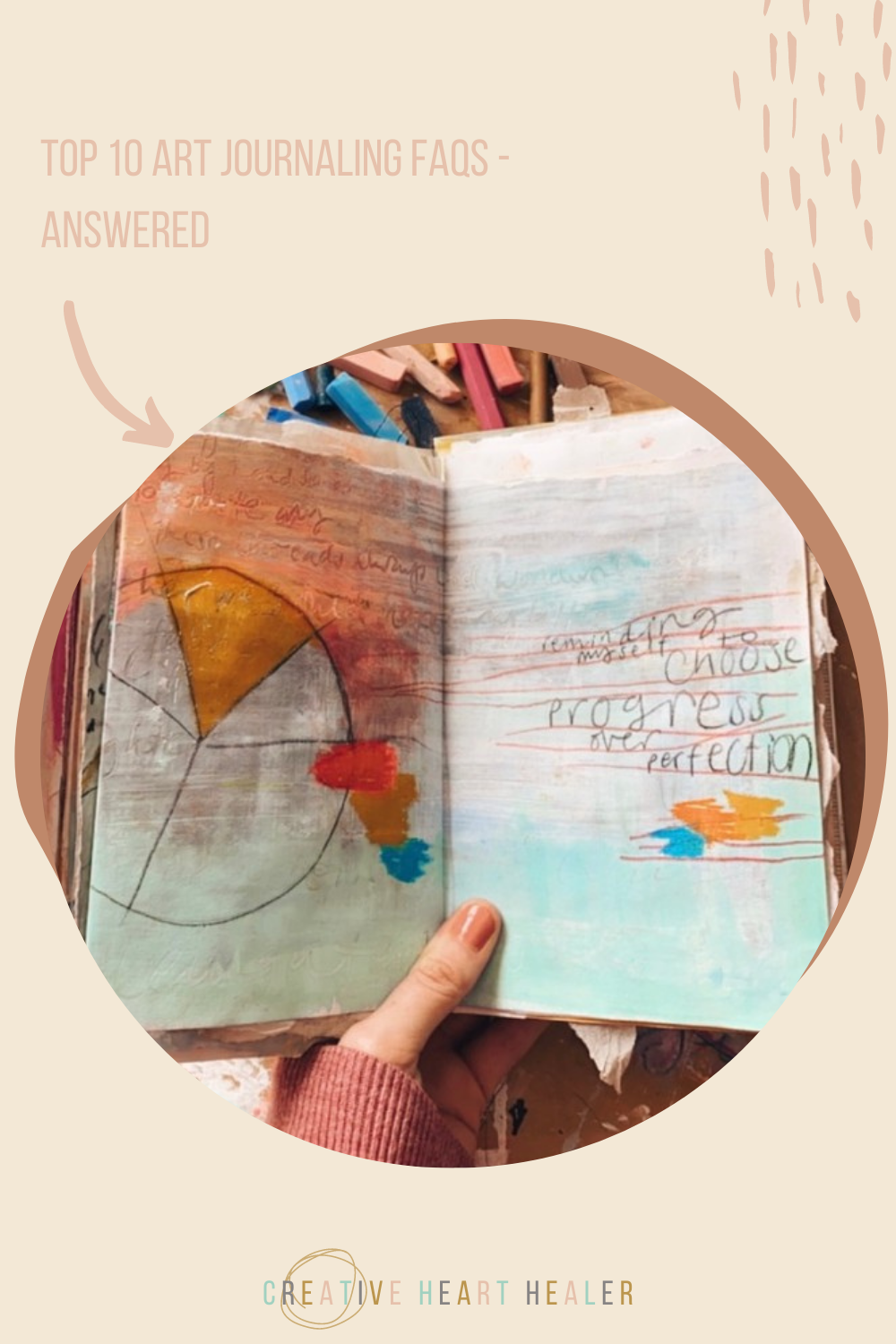YOUR ART JOURNALING QUESTIONS, ANSWERED (TOP 10 FAQS)
Want to know what an art journal is, why you need one, or how to start one?
I’M ANSWERING THE 10 MOST COMMON QUESTIONS I RECEIVE ABOUT CREATIVE JOURNALING SO YOU CAN START TAPPING INTO YOUR OWN CREATIVITY TODAY
Creative journal, art journal, visual diary, sketchbook, bullet journal . . . combining writing with creative visuals is becoming a popular form of diary keeping, planning and self-expression.
If you want to give art journaling a try, but feel intimidated by all the beautiful images you see on Instagram and Pinterest, this post is here to answer all your questions and show you how you can get started right now - even if you’ve never tapped into your creativity like this before.
Q1: what is the purpose of art journaling?
Art journaling is an opportunity to discover (or re-discover) the joy (and wellbeing benefits) of creating, just for the sake of it.
The purpose of an art journal is to have a dedicated space to explore your creativity and thoughts. Most powerfully, creative journaling is about giving yourself permission to prioritise ‘me time’ and getting lost in the process of creating, while finding yourself there too.
Sometimes life is busy and messy and you just need a space and a place to lay everything down and make sense of it all. Creative journaling can be an incredible tool for self-discovery and real healing.
It is not the words, the paint, or the things we stick in the pages of our journals that make them powerful, it is the intention behind the creating. It is a deep desire to know yourself, to understand yourself better, to learn and grow from your creative discoveries.
Q2: What is an art journal / creative journaling?
In its most simple form, a creative journal is a notebook that you fill with the bits of your life. It could be drawings, collage, poetry, keepsakes, song lyrics, as well as being a private space to gather your thoughts, goals, worries, to-do lists and anything else that spills over the edges of life.
A creative journal can have lots of words or no words, lots of imagery and art or very little imagery and art. You could use it to try out new techniques, to experiment with colour, or to collect beautiful ephemera.
For me personally, journaling is a place to 'just be me'. It is a safe place to brain-dump, heart-storm, get quiet, get messy, practice being present and I always find that my emotional battery becomes recharged in the process.
A journal is a place where you don't have to be anything other than exactly who you are in that exact moment. Isn't that an incredible thought?
Creative journaling is about the PROCESS not about the END RESULT.
q3: how do you start an art journal?
You just start. Set up a space for creating in, where you don’t need to worry about making a mess. Get your journal and start by laying down a background of paint.
Next experiment with some warm-up scribbles. You could then add some drawing or collage and finally a layer of writing.
Take my free course to peek over my shoulder as I create and see how I build up layers of art and words on a page.
q4: what can I use for an art journal?
If you’re a beginner to art journaling it can be easy to assume that you must buy a (probably expensive) sketchbook or Moleskine type journal. However, I do not recommend this. There is just too much pressure to create ‘perfect’ or ‘beautiful’ pages that comes with a book like that.
In fact, I think the best journals are those made from old books, or simply bound using bits of paper you probably have laying around your house and other ephemera. Wrapping paper, post cards, magazine pages all make great journal pages.
q5: do I need to draw in my art journal?
No drawing skills are equired. Creative journaling is so much more about self-expression than drawing skills and perfect technique. Things like exploring collage, or using stencils, mindful mark-making, and mess-making do not require any drawing skills, only the skill of 'trusting in the process'.
The process often leads to happy accidents where you feel like an 'artist' and are proud of the page you have created. (Also - you don't need to have beautiful handwriting either!)
Q6: How do you know what to write in an art journal?
If freewriting feels intimidating at first, begin with borrowing other peoples words in the form of quotes, affirmations or song lyrics.
I also love to write lists: to do lists, places to visit, books to read, music I love etc.
Another of my favourite journaling activites to do is what I call grounding writing, it is a way of quieting a busy mind. Simply writing things you can see hear, smell and see. Noticing and documenting what is around you helps to ground you in the present moment.
You could also use prompts as a starting point, you can find all my prompts here. Learn more about how to use prompts effectively in this post.
If you know what to write but are not sure how to write in your art journal or if you don’t like your handwriting, check out this post.
Q7: what does journaling help with?
Now more than ever we are living in an era of emotional intelligence, we are becoming more aware of an innate need to slow down and turn inwards and we are actively seeking out more meaningful ways to do so - but what does this look like?
Creative journaling is not about a ‘dear diary’ style of writing and recording, it is about using journaling as a tool to foster a mind and body connection.
Journaling creatively in this way supports us to express our thoughts and feelings without fear of judgment, bring awareness to emotional triggers and relieve stress in a safe and controlled space (can the same be said for a herbal ‘self care’ tea!?)
Creative journaling for self care.
My absolute number one reason for journaling is for self care. Journaling is an activity that allows you to take time out, slow down and tune in to 'you'.
It is an excuse to make time for yourself. Having an actual 'thing to do' makes it easier to prioritise yourself. It is an activity you can schedule into your week and commit to - we wouldn't do that with 'read a book' or 'take a bath'.
Creative journaling for mental wellbeing.
The creative journaling process can be a powerful practice for managing everyday stress too, and has been shown to:
Decrease symptoms of various health conditions
Strengthen your immune system
Aid in shifting perspectives
Reduce ruminating thoughts
Support goal setting and promote action taking
Minimize negative self-talk and boost self-belief
Guide through trauma recovery
Provides an overall sense of gratitude
The style of journaling that I teach is a combination of thought-provoking and self-development-inspired prompts, mindful practices, and creative techniques which support this mind and body connection, in turn showing us the answers we have been seeking all along.
Creative journaling for connection.
To yourself: There is nothing like paint smearing, mark making, messy handwriting and raw words as a form of self-expression. Seeing yourself laid down on the pages of your journal is a powerful way to meet yourself, to know yourself, to feel connected to your deeper self.
To the world around you: Taking time out with your journal requires you to step away from the fast-paced and heavily digital world we cannot otherwise easily escape from on a daily basis and to instead tap into something much less prescribed, something you can physically connect with to manage your mind and your life.
Once you start creative journaling your eyes will be different! You will see the world differently, you pay closer attention, to colours, to patterns, to connections, and the rhythms of life. This is part of the magic of journaling and documenting life.
Q8: do I need to buy a lot of / expensive art supplies?
No, you do not need the most expensive supplies. Especially if you are a beginner. Expensive supplies can give us immediate paralysis because we are too scared to use them in case we 'muck it up' and waste our money.(How many completely blank journals with gorgeous covers do you have sitting on a shelf that you don't want to 'ruin'!?) The nice, expensive things just sit on the shelf or sit in the box. Cheaper supplies give us permission to wreck them!
Less is best. If you already have a lot of supplies and a lot of different techniques you want to try, you will probably be familiar with the paradox of choice creeping in - stopping you from actually getting started. You do not need all the colours in the box! You can create just as well with three paint tubes and some scrap paper as you can with a box of 24 and a sketchbook - true story!
Q9. WHAT IF I DON’T HAVE TIME TO ART JOURNAL?
Here is the thing, nobody has time, you have to MAKE time. You have to CHOOSE to make time. Prioritising yourself and your creativity isn't always easy, however, it is possible to find pockets of time, to set yourself up for success, to make creativity more accessible.
Did you know that just 15 minutes of mindfulness a day can significantly reduce feelings of stress and greatly boost your wellbeing? 15 MINUTES! Your creative journal is one way of practising mindfulness.
Here are some of the ways I make creating more readily accessible, so I can dip in and out as and when the feeling arises or as and when the free time does:
> schedule it in
> get up 20 minutes earlier/stay up 20 minutes later
> leave your journal and supplies set up and ready to go so you can dip in and out
> choose to prioritise it
> have a quick creativity session while the washing machine completes a load!
> carry a pocket journal with you throughout the day in case you see something inspiring on your travels you want to jot down or stick in
> create colour swatches (this one is my absolute favourite!)
Q10: HOW DO YOU USE ART JOURNALING FOR MINDFULNESS?
Journaling for mindfulness is to have complete focus on the process of creating, slowing down and paying attention to your thoughts, your feelings, and your experience of the present moment only. Here are 3 ways you can do that:
#1 Journaling from the 5 senses:
When you sit down to journal surround yourself with things that inspire you because your physical space affects your mental space. Consider how you can open up your 5 senses to really engage your mind, for me, it looks something like this: a hot drink (taste), pens with quotes on (touch), an intention from a card deck (sight), music (sound), incense or candles (smell)
#2 Bring your mind home to your body
Just playing on the page and allowing your hand to express how your body feels is a powerful way to release tension held in the body. It comes with experimentation though, so get curious, how does it feel when you draw a looooong, slooooow line, or quick, hard, fast dashes, does making a big scribble 'feel' like your current state of mind, is splashing paint in drips and drops a 'happy' expression of your 'self'?
The flip side of this expression is to pay attention to the present moment as you create (don't be thinking about the shopping list or laundry waiting for you) the aim is to tune right in, to the smell of the paint, the feel of the pen scratch, the noises of the pencil across the page, the textures, the shapes, the colours.
#3 Go with the flow
Let your art-making go in whatever direction it wants, follow its lead. Did the paint dribble in a way you didn't want? Explore that, highlight that, pause, and delight in that. Did you end up with a page that wasn't what you were aiming for? Great! I bet this will be one of the pages you end up loving the most.
It's all about going with the flow - reveling in the process (the present moment) not worrying about the end result (the future).
I share even more about journaling in this therapeutic way in our free course, you can enrol now below.
pin for later
If you enjoyed this post you might also like:
